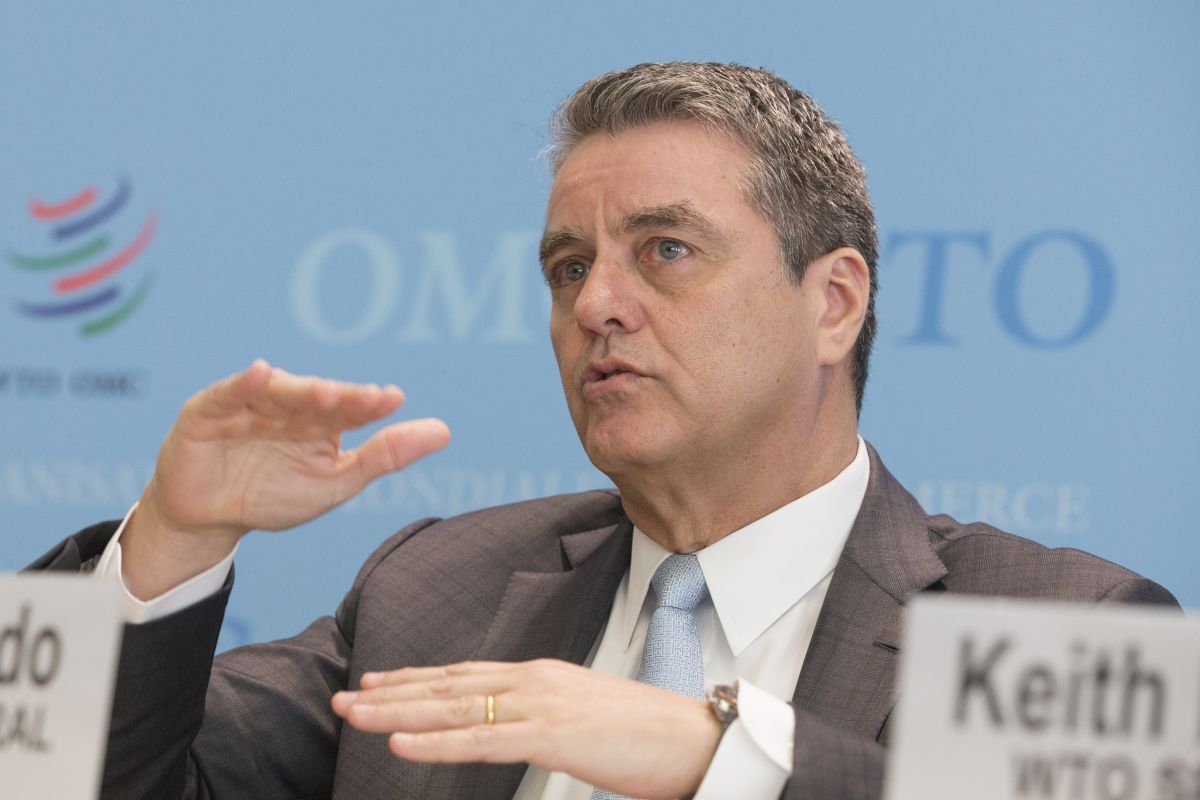Trade has helped lift a billion people from poverty, and it must play the same role in delivering the UN Sustainable Development Goals (SDGs), Director-General of the World Trade Organization (WTO), Roberto Azevedo, said on Wednesday.
He was speaking at the seventh Global Review of the WTO-led Aid for Trade, Xinhua news agency reported.
Advertisement
“In our lifetimes, trade has helped to lift a billion people out of poverty. It was vital in delivering the Millennium Development Goals to halve extreme poverty. Now it must play the same role in delivering the Sustainable Development Goals for 2030,” said Azevedo.
To do so, it requires hard work, commitment and constant dialogue.
“We have to ensure that people have the tools that they need to trade and compete. The Aid-for-Trade initiative plays a key role to this end,” said the director-general.
Since its launch just over a decade ago, more than $409 billion have been disbursed under the Aid for Trade initiative, reaching 146 countries or territories by helping those to build their trading infrastructure and capacity, said the WTO chief.
He noted that more than 780 million people still live below the poverty line globally, and many remain cut off from the potential benefits of trade.
The theme of this year’s Global Review is “Supporting economic diversification and empowerment,” in helping to build resilience in economies.
“They help countries increase their participation in global trade flows, as well as facilitate opportunities to move up the value chain. In turn, all this helps to build better prospects and opportunities for improved livelihoods,” said the WTO chief.
“It is notable that Africa records the strongest growth rate in agricultural and industrial export diversification. Between 2000 and 2017, the number of industrial product categories exported increased by 70 per cent. This is important progress,” said Azevedo.
He noted that at the same time, significant imbalances remain.
For example, on average, the least diversified economies export only six groups of products to seven export markets.
“Compare that to most diversified. Those economies export more than 4,500 product groups to over 200 markets,” said the WTO chief.











